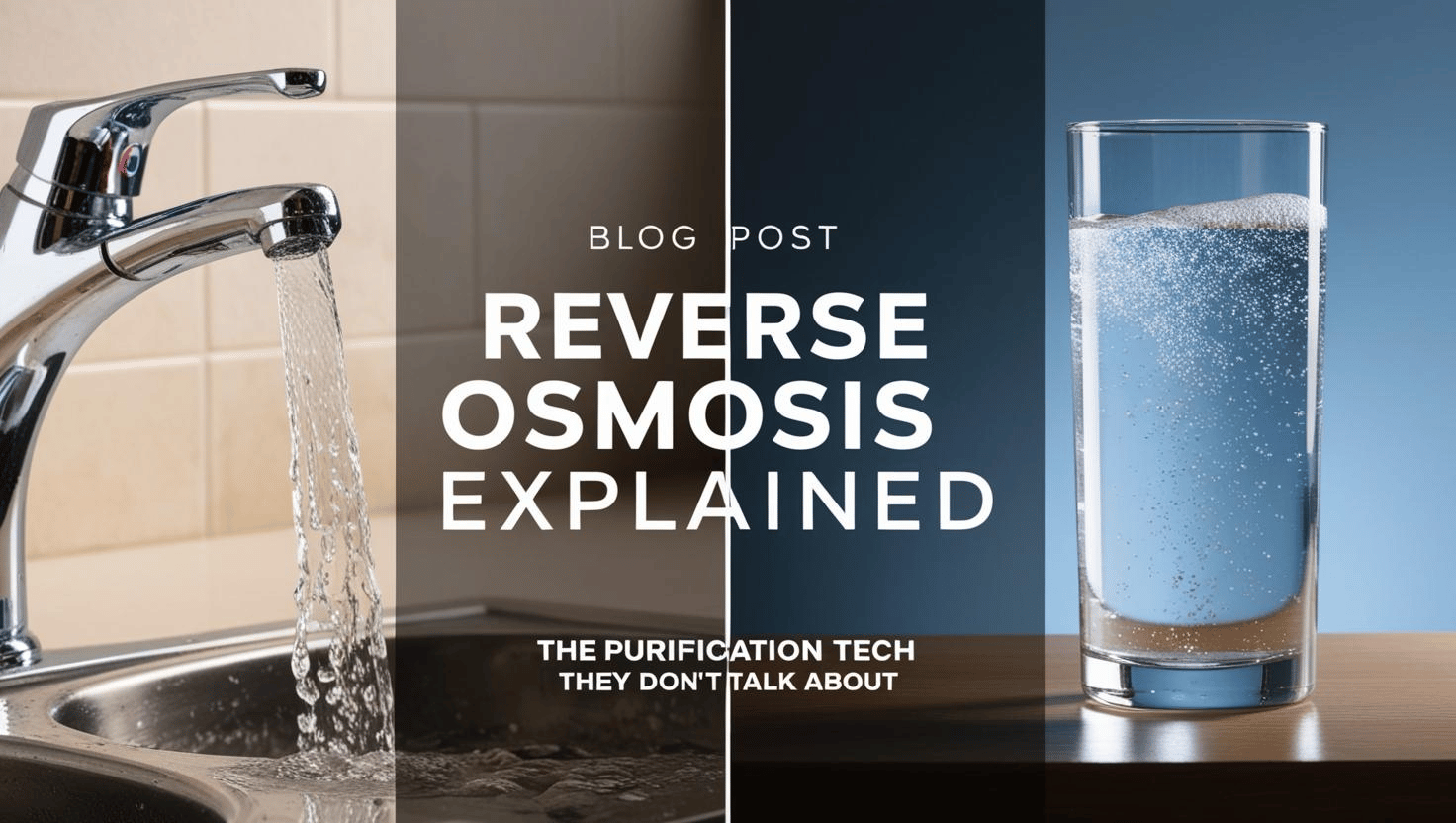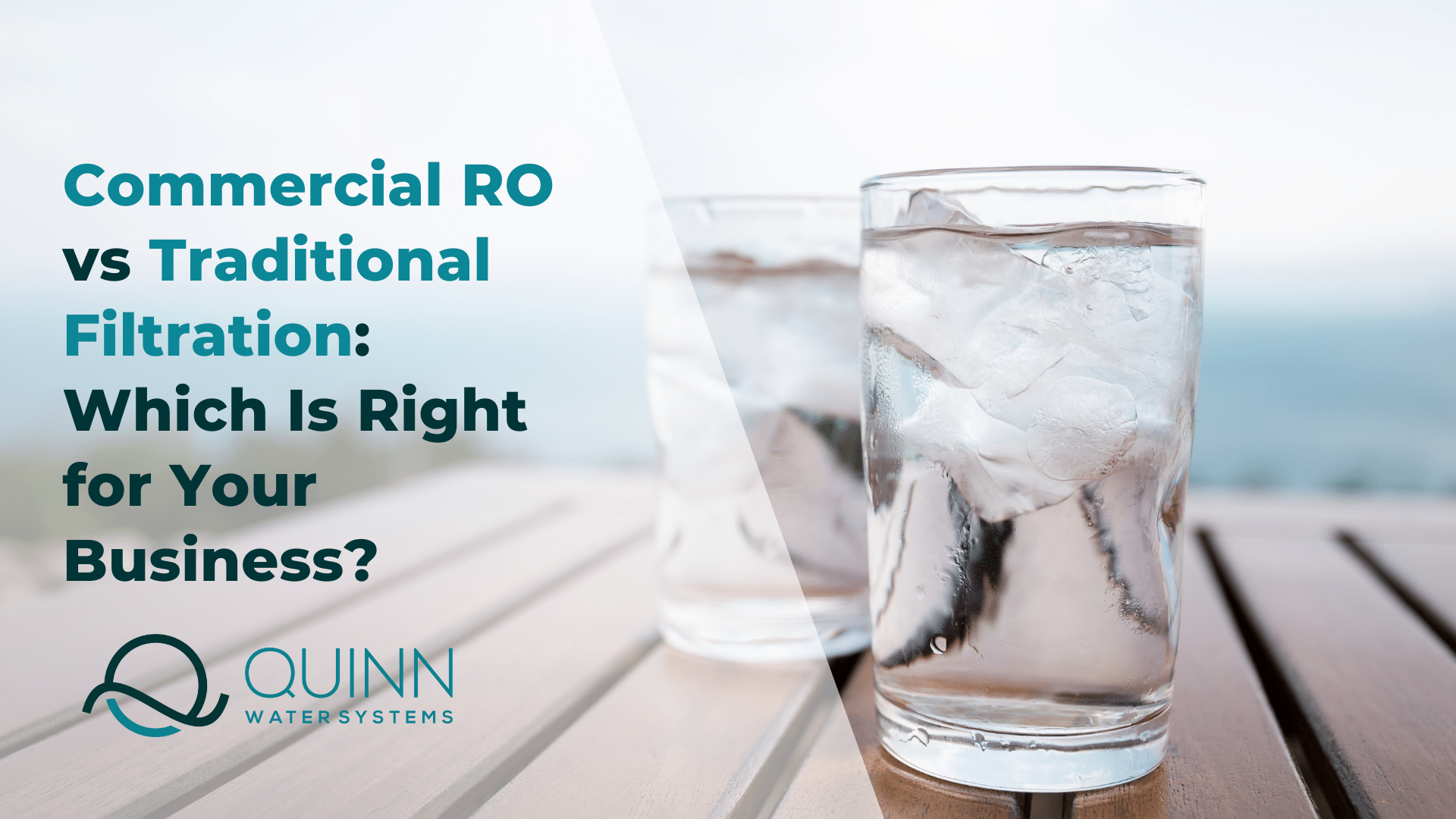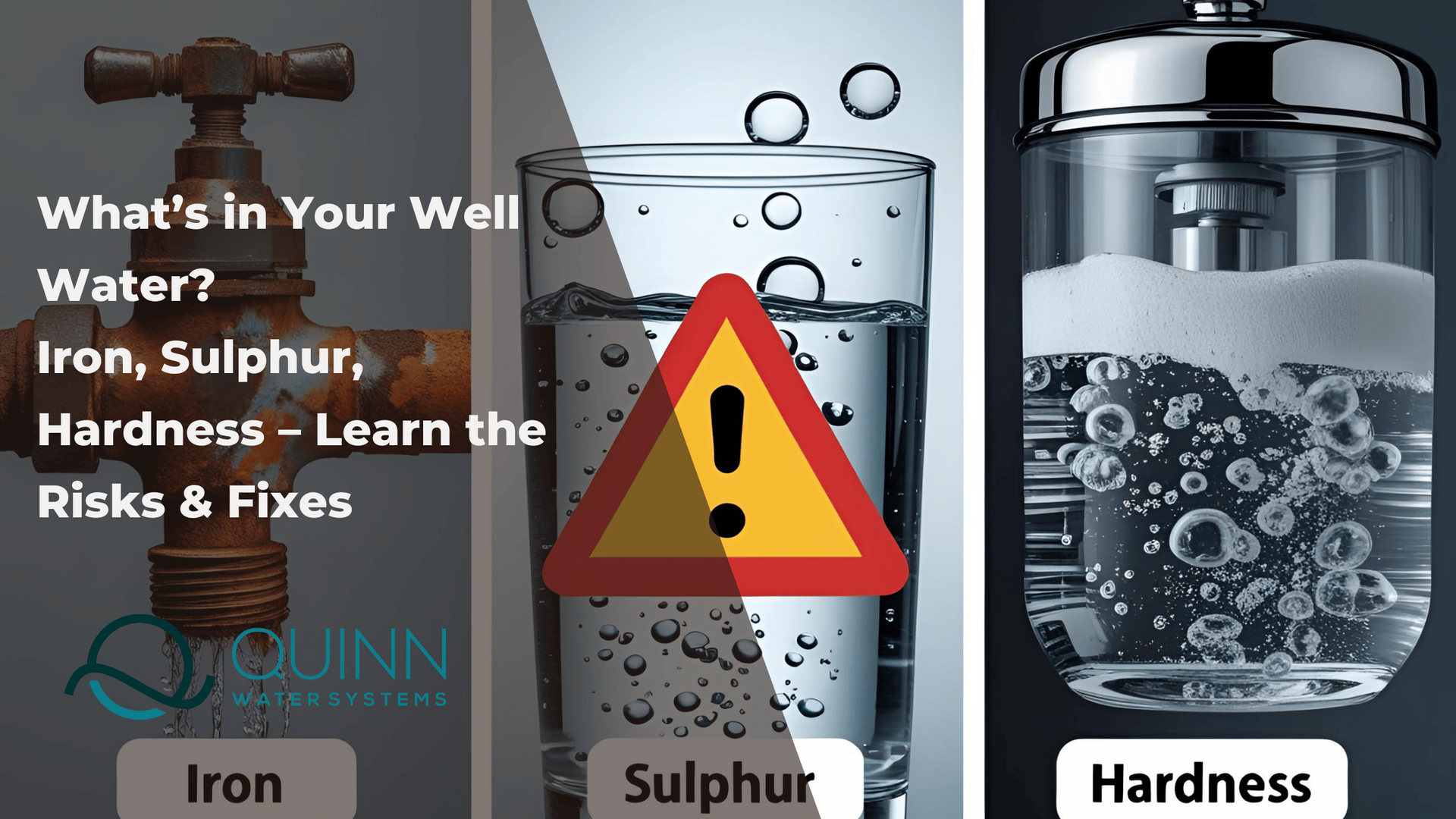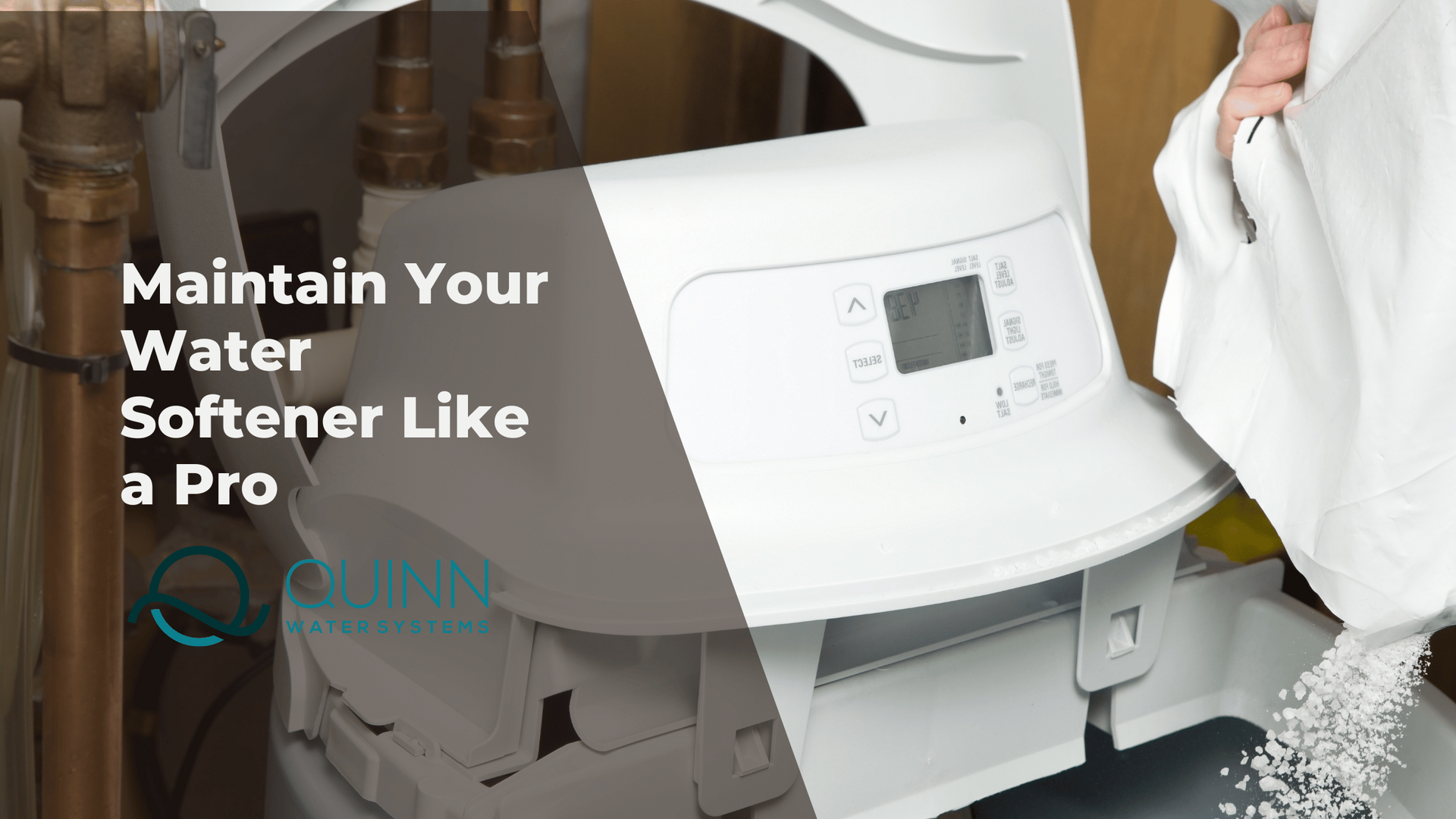Tank vs. Tankless Reverse Osmosis: Which One is Better?
Reverse osmosis (RO) systems are an excellent choice for ensuring clean and safe drinking water in your home. However, deciding between a tank or tankless RO system can be challenging. Both systems have their advantages and disadvantages, depending on your specific needs and priorities. Below, we compare the two options based on several key factors to help you make an informed choice.

Space Requirements
Tank RO Systems: These include a pressure tank for storing filtered water, which increases the space they require.
Tankless RO Systems: Designed without a pressure tank, these systems are compact and take up less room, even though the difference is not that big, making them ideal for tight spaces.
Winner: Tankless RO systems are better suited for homes with very limited space.
Noise Levels
Tank RO Systems: These systems stop running once the tank is full, reducing pump activity and operating noise.
Tankless RO Systems: As they filter water on demand, tankless systems rely on higher-powered pumps, which can produce more noticeable noise during use.
Winner: Tank RO systems deliver faster water flow at the faucet.
Water Flow Speed
Tank RO Systems: Stored water in the pressure tank allows for immediate, high-flow water at the faucet.
Tankless RO Systems: Although these systems filter water quickly, their on-demand nature can result in slower flow compared to the pre-stored water in tank systems.
Winner: Tank RO systems deliver faster water flow at the faucet.: Tankless RO systems are better suited for homes with limited space.
Failure Rate
Tank RO Systems: With less frequent pump operation and lower current demands, these systems tend to have a lower failure rate over time.
Tankless RO Systems: Frequent starts and higher power usage can accelerate wear and tear, increasing the likelihood of malfunctions.
Winner: Tank RO systems are more reliable long-term.
Hygiene Concerns
Tank RO Systems: If not properly maintained, the pressure barrel can get bacteria and cause secondary contamination. However, simple regular cleaning and maintenance prevent this issue.
Tankless RO Systems: Without a tank, there’s no risk of secondary contamination, making them more hygienic by design.
Winner: Tankless RO systems are easier to maintain in terms of hygiene.
Price
Tank RO Systems: More affordable to purchase and install. They also use smaller RO membranes, reducing filter replacement costs.
Tankless RO Systems: Generally more expensive due to advanced technology and higher-quality materials. They also require larger, costlier membranes for their on-demand filtration.
Winner: Tank RO systems are budget-friendly.
7. Instantaneous Water Demand vs. Daily Usage
Tank RO systems shine when it comes to handling both peak water demand and overall daily usage. For example, if you need water at 5 gallons per minute (gpm) but use only 12.5 gallons per day, a tank system can store enough water to meet your needs efficiently.
In contrast, a tankless RO system would require a powerful pump capable of delivering 5–7 gpm instantly, which could be prohibitively expensive and lead to pump wear and tear. Tank systems are designed to balance storage and flow, making them more practical for most households.
Which One Should You Choose?
Choose a Tank RO System if:
- You value reliability and lower maintenance costs.
- You need high water output speed and reduced noise.
- You want a budget-friendly option.
Choose a Tankless RO System if:
- Space-saving design is a priority.
- You prefer a more compact setup without the risk of tank contamination.
- You’re okay with a higher upfront and maintenance cost for the compact technology.
Still unsure? Quinn Water Systems can help you find the perfect reverse osmosis system tailored to your home’s needs. Contact us today for expert advice and professional installation!
Contact Us!
Blog Posts

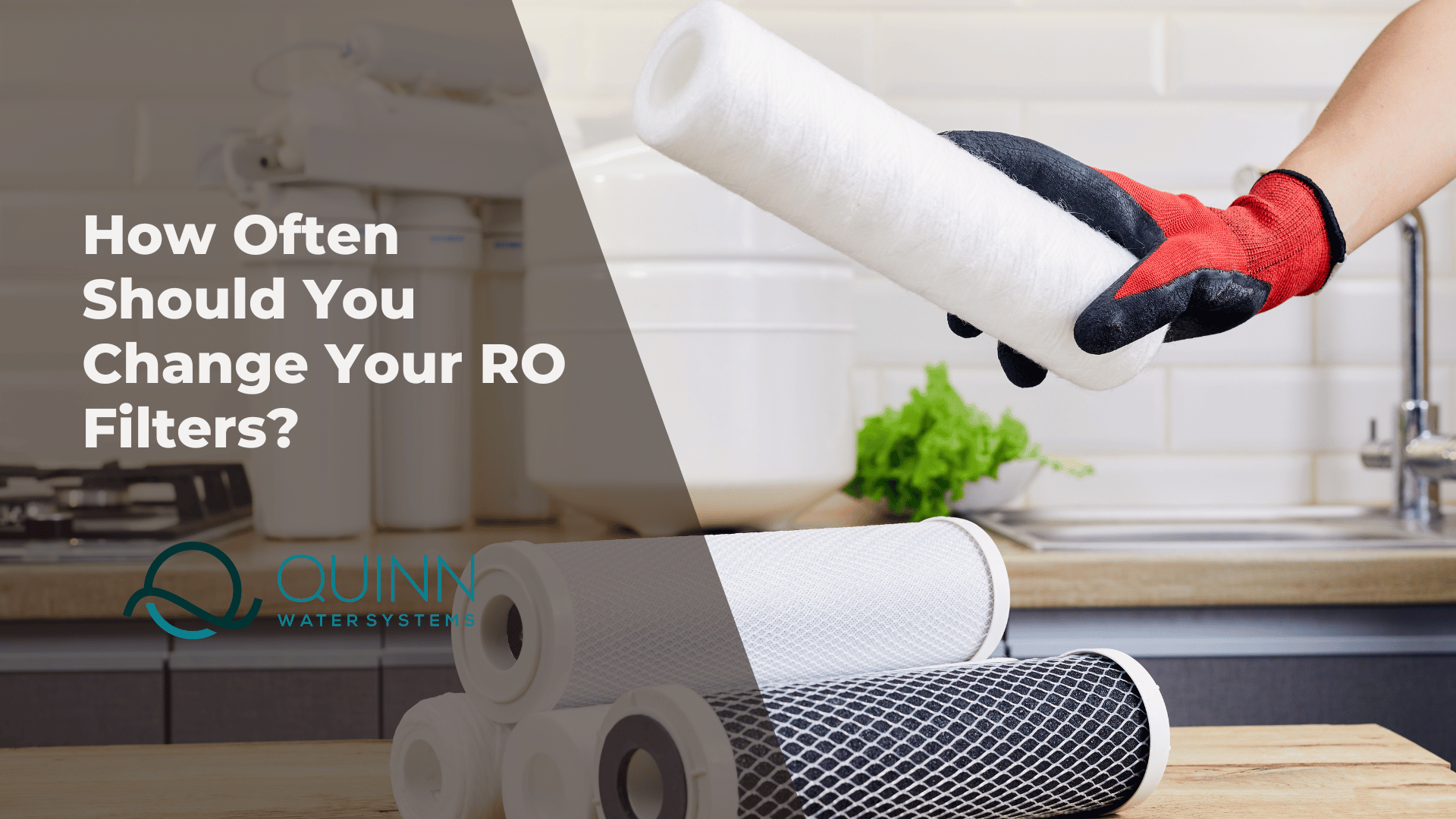
Share this blog
Blog Posts




